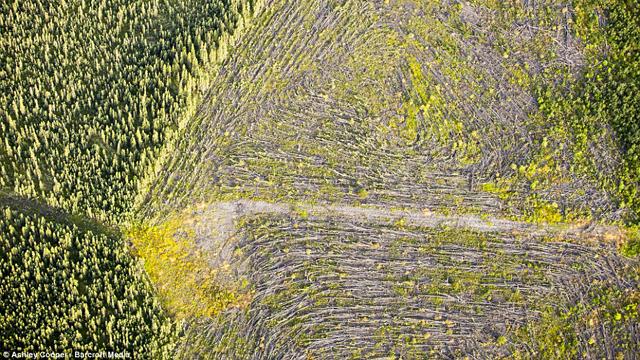
The Alberta government said on Wednesday it is creating a scientific agency to monitor the environmental impacts of oil sands production as the industry seeks to expand its markets into regions that are increasingly critical of the process.
The body, to be funded by a combination of public and industry money, will eventually provide oversight for all of the Western Canadian province, but the initial focus will be on the tar sands-rich Lower Athabasca region.
The government described the new unit as providing "credible" and "arms-length" (or independent) research, though officials said on Wednesday it will answer to Environment Minister Diana McQueen and the scientific information it produces will be sent to her before it is released to the public.
"The independent part comes about when we are taking a look at the science information, and saying: based on some of this evidence, what decision should be made in complex tasks. And that's where we would certainly give the advice to the minister," said Howard Tennant, a former University of Lethbridge president who will lead the agency's management board.
The move by the Conservative government of Premier Alison Redford is the latest in a series of responses to scientific studies and a federal report that have concluded the northern Alberta region, which encompasses the oil sands, needs to be more closely monitored for contamination as development booms.
The Alberta oil sands are the world's third-largest crude source, but development requires intrusive methods to extract and process the extra-heavy oil, including open pits, steam-injection and processing plants that are carbon-intensive.
Canadian and international environmental groups have for years campaigned to limit production, and efforts have extended into opposing pipelines to export the crude, such as TransCanada Corp's proposed Keystone XL line to Texas.
The government said the new agency will initially concentrate efforts on deciding on how to monitor air, land, water and biodiversity and at what locations.
The management board will now determine how the agency will operate and how it will be funded.
The move did not mollify the industry's critics.
"This is yet another plan to develop a plan," said Mike Hudema, climate and energy campaigner for Greenpeace. "There is still no funding commitment and no clear governance model to ensure independence. The province should stop approving new projects based on flawed data and incomplete information until this gets sorted out."
The government said the region will still be monitored through a joint federal-provincial program, in operation since February, until the new agency is set up.
3 WAYS TO SHOW YOUR SUPPORT
- Log in to post comments











